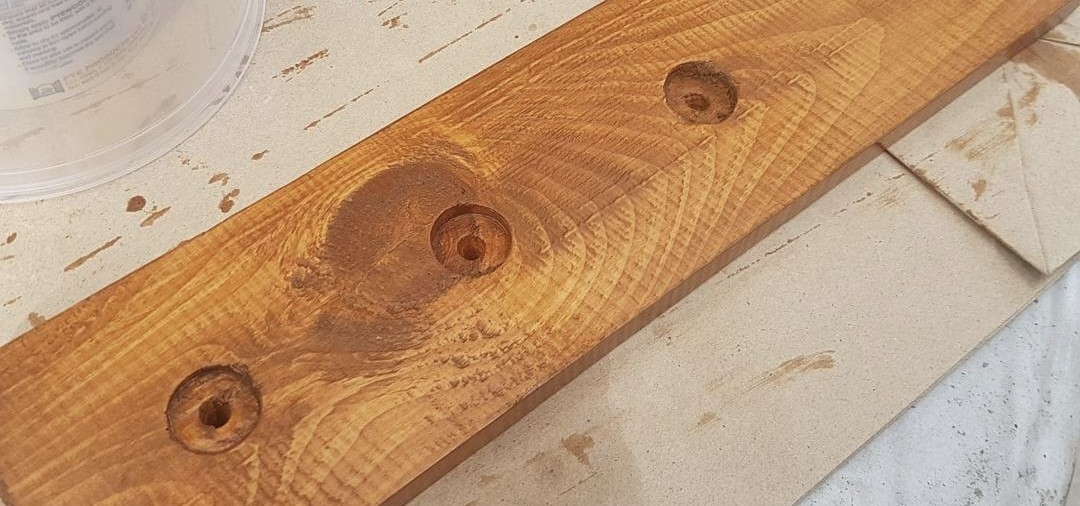Using wood stains is one solid way to enhance the look of your projects, whether it’s something small like wooden crafts and figures, something bigger like furniture, or a large-scale project like an outdoor deck. Wood stains do a lot to protect wood from UV rays, moisture, and any other type of damage. They also enhance the natural grain and appearance of any wooden item. Ironically, though, something that helps lend a natural look to wood tends to be full of synthetic dyes and VOCs.
The Department of Science and Technology of the Philippines is looking to change that by exploring an eco-friendly alternative: wood stains made from natural plant dyes. The DOST has recently signed a memorandum of agreement with Namarabar Indigo Natural Dye Producers Cooperative (NINDPC) of Abra, who will lend their expertise in cultivating, harvesting, and extracting natural dyes from plants such as talisay, tawa-tawa, and Philippine Indigo, among 65 local plan species whose dyes are already being used for fabric.
If successful, this venture is going to reduce the Philippines’ reliance on imported wood stains and also reduce environmental impact; producing the natural dyes requires far less chemicals than traditional wood stains do. It’s also a great way for local communities to help pave the road to sustainability. We can’t wait to see the wood stain hues they’re going to come up with.


Leave a Reply